ALAZIA
A full design system created to facilitate team work on a video game project.
UI Designer
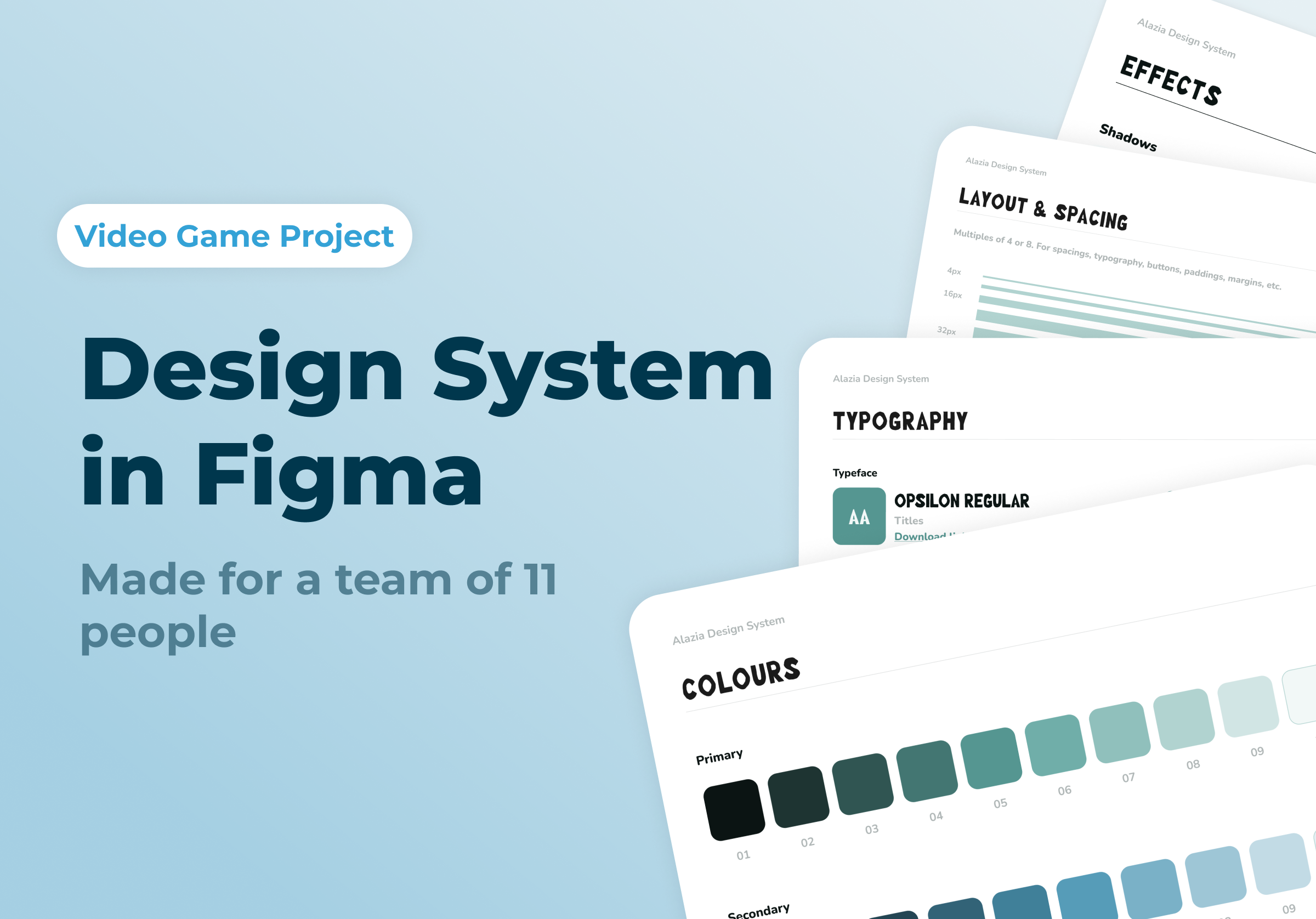
Problem
Without a design system, ALAZIA’s UI was inconsistent and difficult to integrate into Unreal Engine 5, slowing down the production.
Goal
Build a flexible Figma UI system to ensure consistency and simplify Unreal Engine integration, while adapting to evolving game mechanics, in order to speed up production.
Design Process
Research
Defining project-specific needs, and researching best practices for game UI systems.
Ideation and Prototyping
Collaborating with programmers to identify core components and user interface logic.
Design
Developing a scalable component library, and documentation to ensure consistent usage.
What is ALAZIA?
Inspired by games like The Legend of Zelda: Skyward Sword and Omno, ALAZIA is a cozy/creepy third-person game where you drain and redistribute the life of creatures and the environment around you to solve puzzles throughout your adventure.
Developed by Sad Spoon Studio, a fictional studio for a school project, ALAZIA is set to release on Steam in late 2025. I had the opportunity to join the team as a UX Architect and UI Designer.
Designing for Gameplay Needs
This was my first time designing UI for a video game which had an actual team behind it. I needed to know not only how to easily communicate design guidelines to them, but also how to facilitate integration on Unreal Engine 5.
In order to achieve my goal, I worked closely with the Game Designers and Game Artists to define the core UI screens and desired player experience.
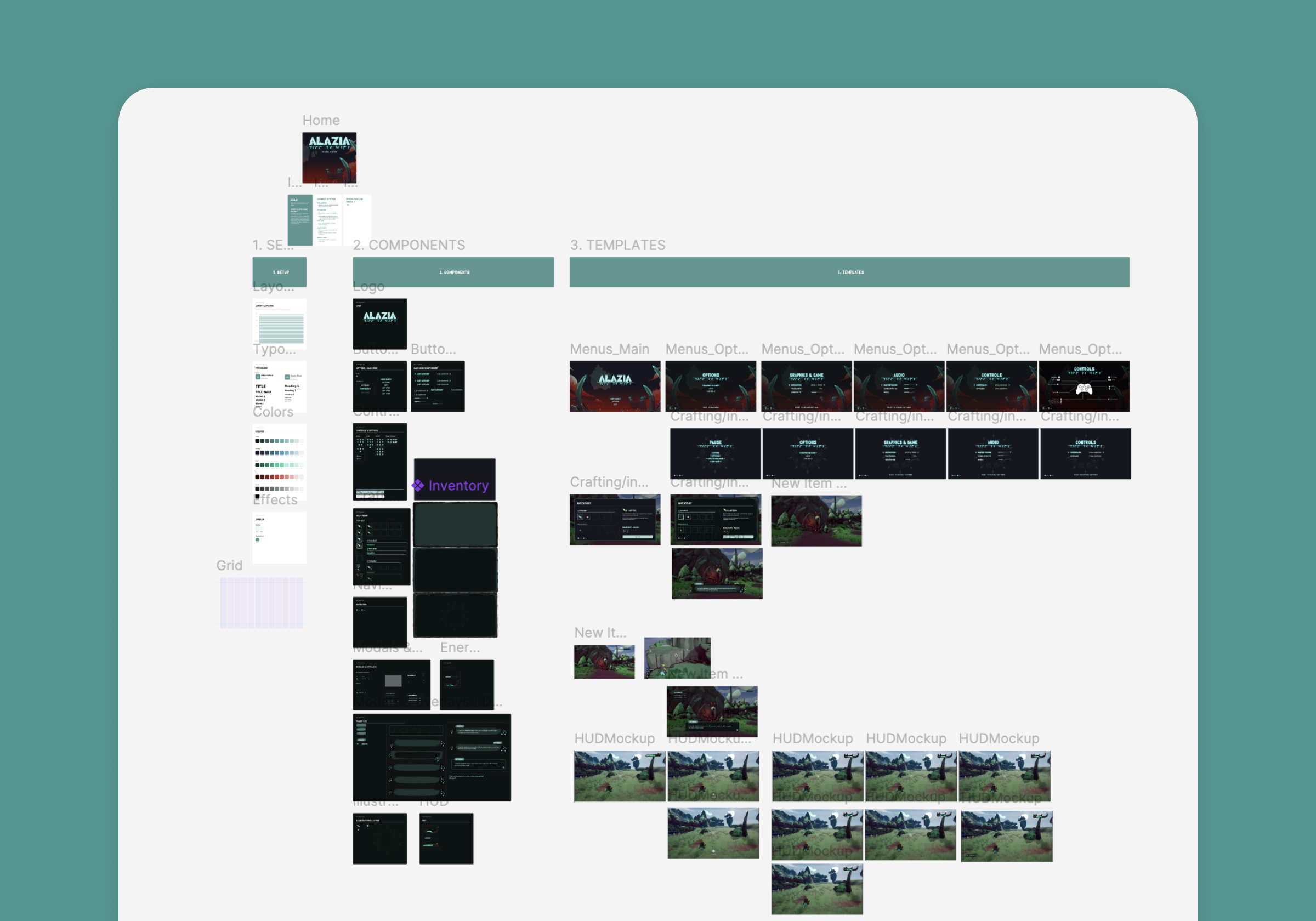
Figma UI Kit & Components
The design system was entirely built in Figma and structured for reusability. I developed:
- A typography scale and color tokens based on the game’s and artistic direction
- Modular HUD elements (energy bar, input buttons) with multiple states
- Inventory and crafting UI systems with hover states
- Modals that indicate a recently collected materials
- Dialogue box templates
- Layout grids using a 8px base system for multiple resolutions
The component library was categorized by screen type, which helped the team quickly find and reuse elements in different parts of the game.
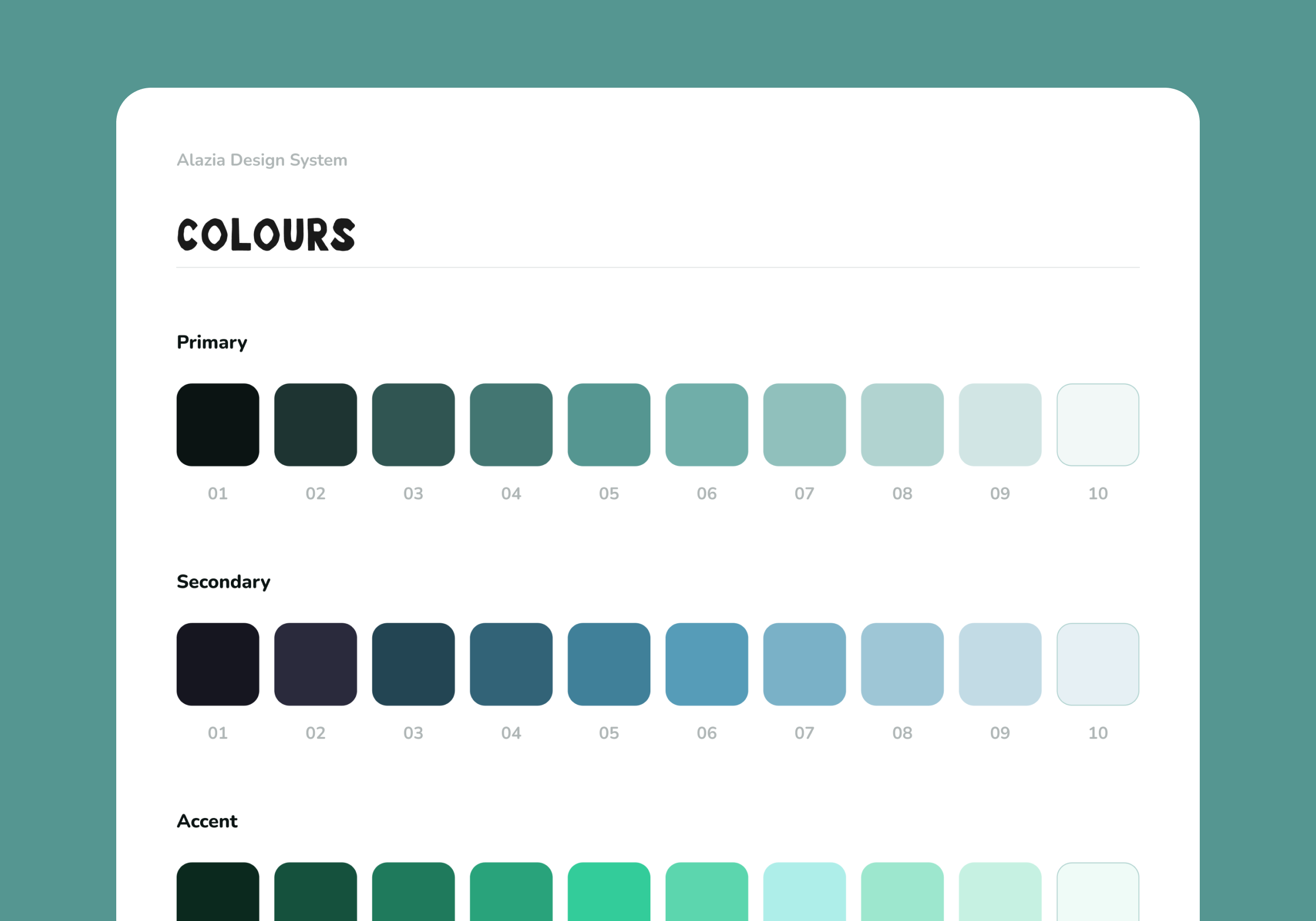
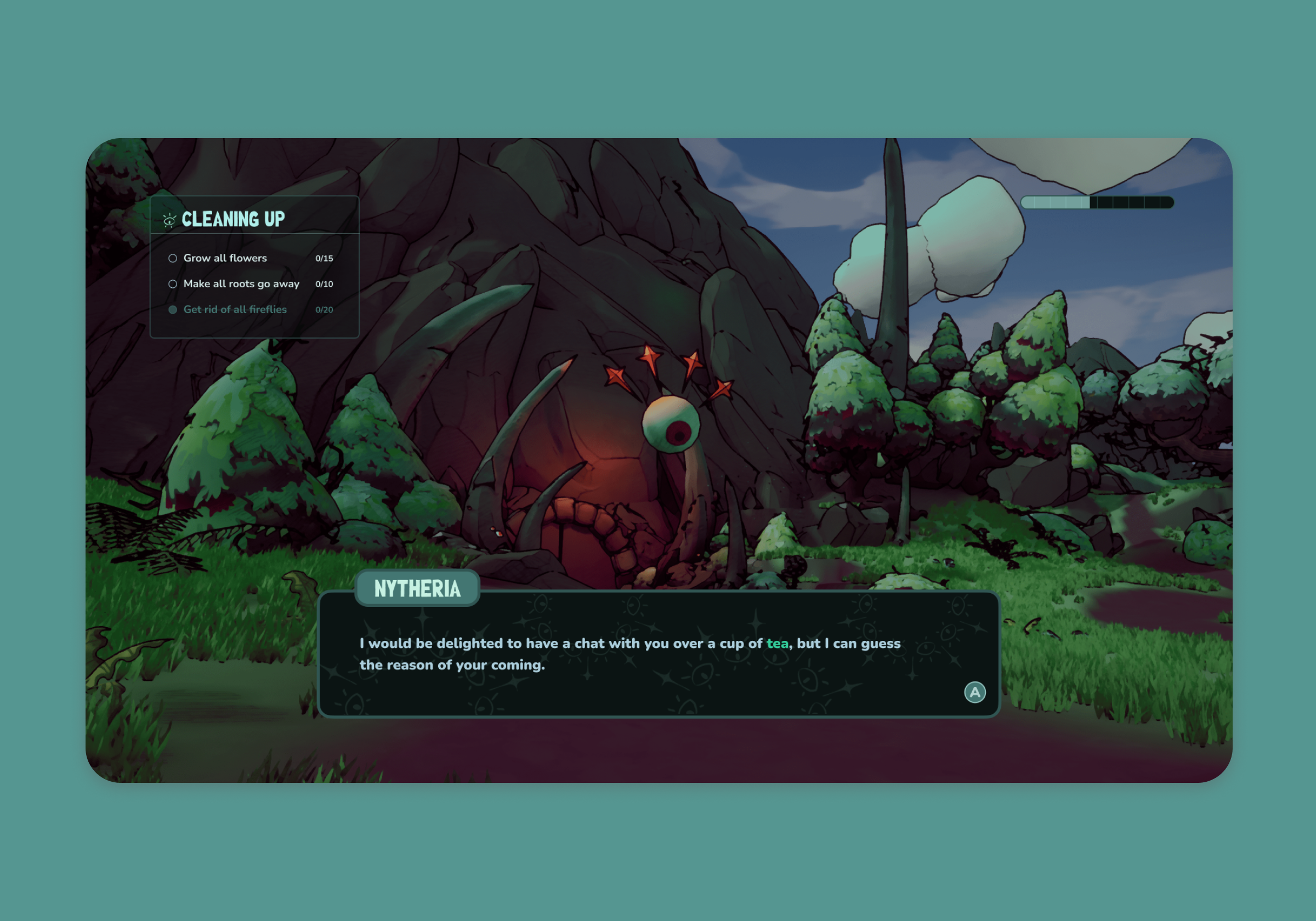
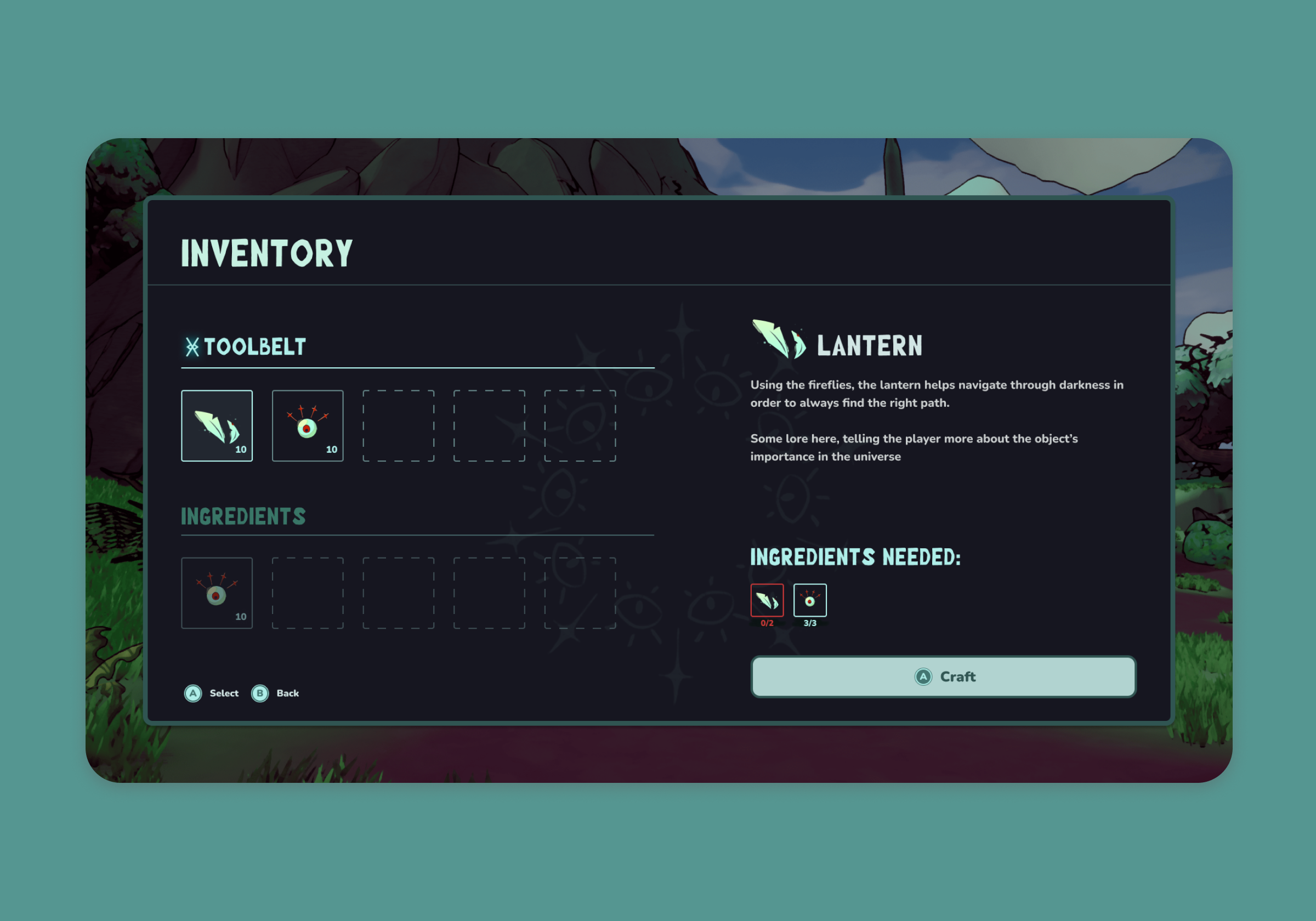
Integration and Developer Handoff
I documented each component’s logic and expected behavior, while regularly consulting with our lead UI Programmer. I also made prototypes that allowed the programming team to have a general idea of the micro-interactions I had in mind, which made development easier.
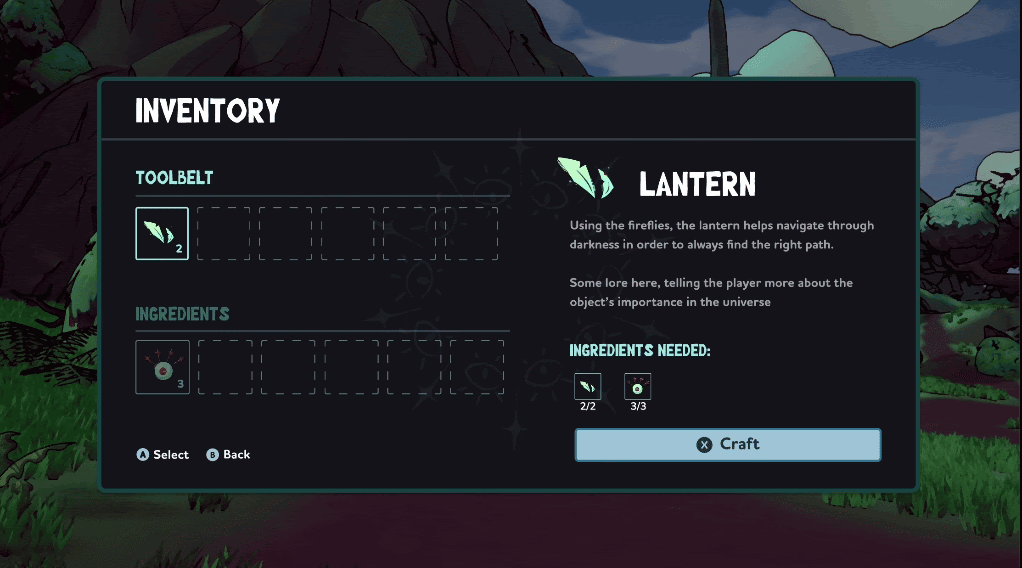
Extra content: soundtrack
I composed the entire original soundtrack of the game! Feel free to give it a listen over on my Souncdloud Page.
Logo and Visual Identity
I also contributed to the visual identity of ALAZIA: I created the logo and chose the typefaces that best reflected the direction established by our Art Director.

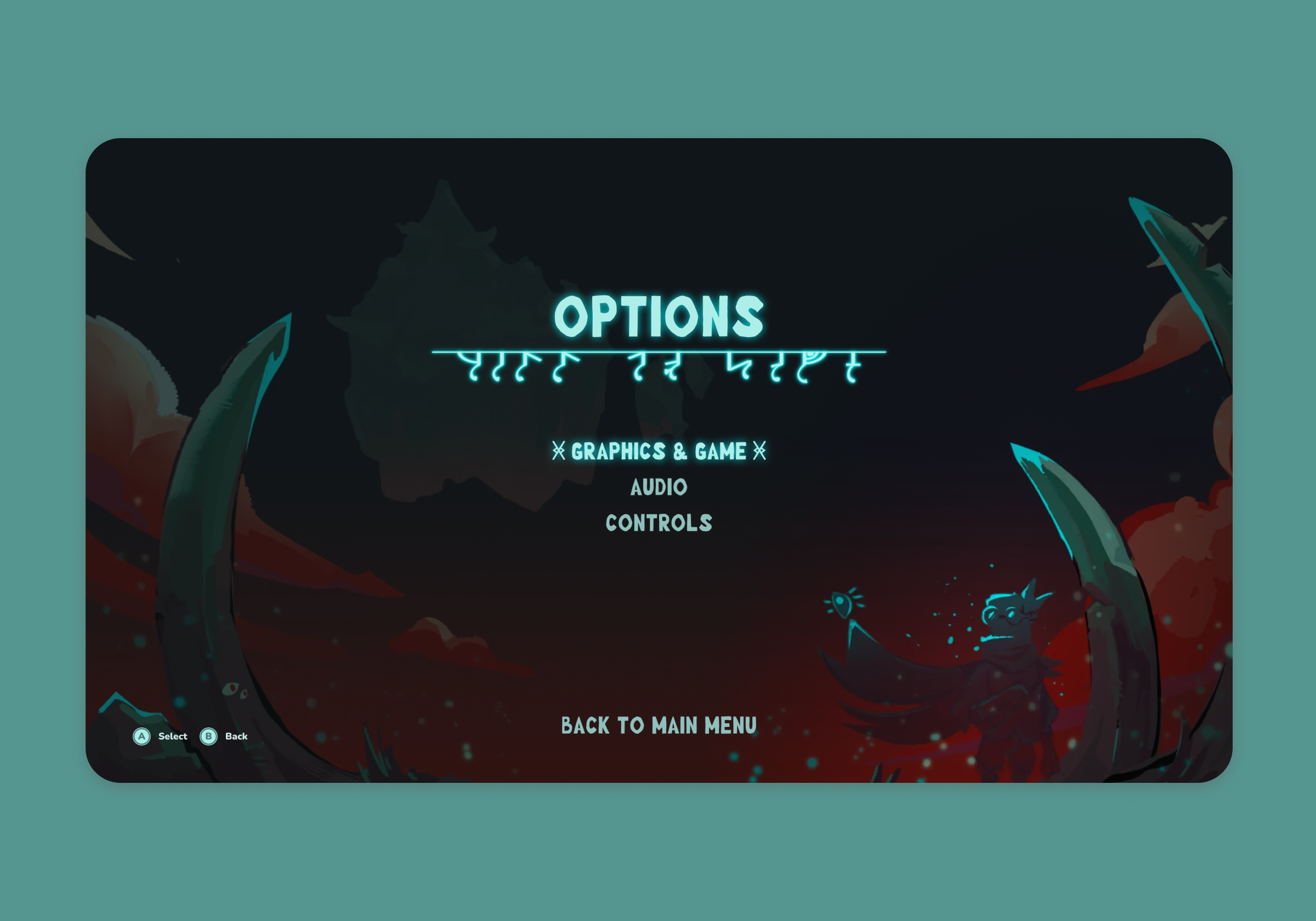
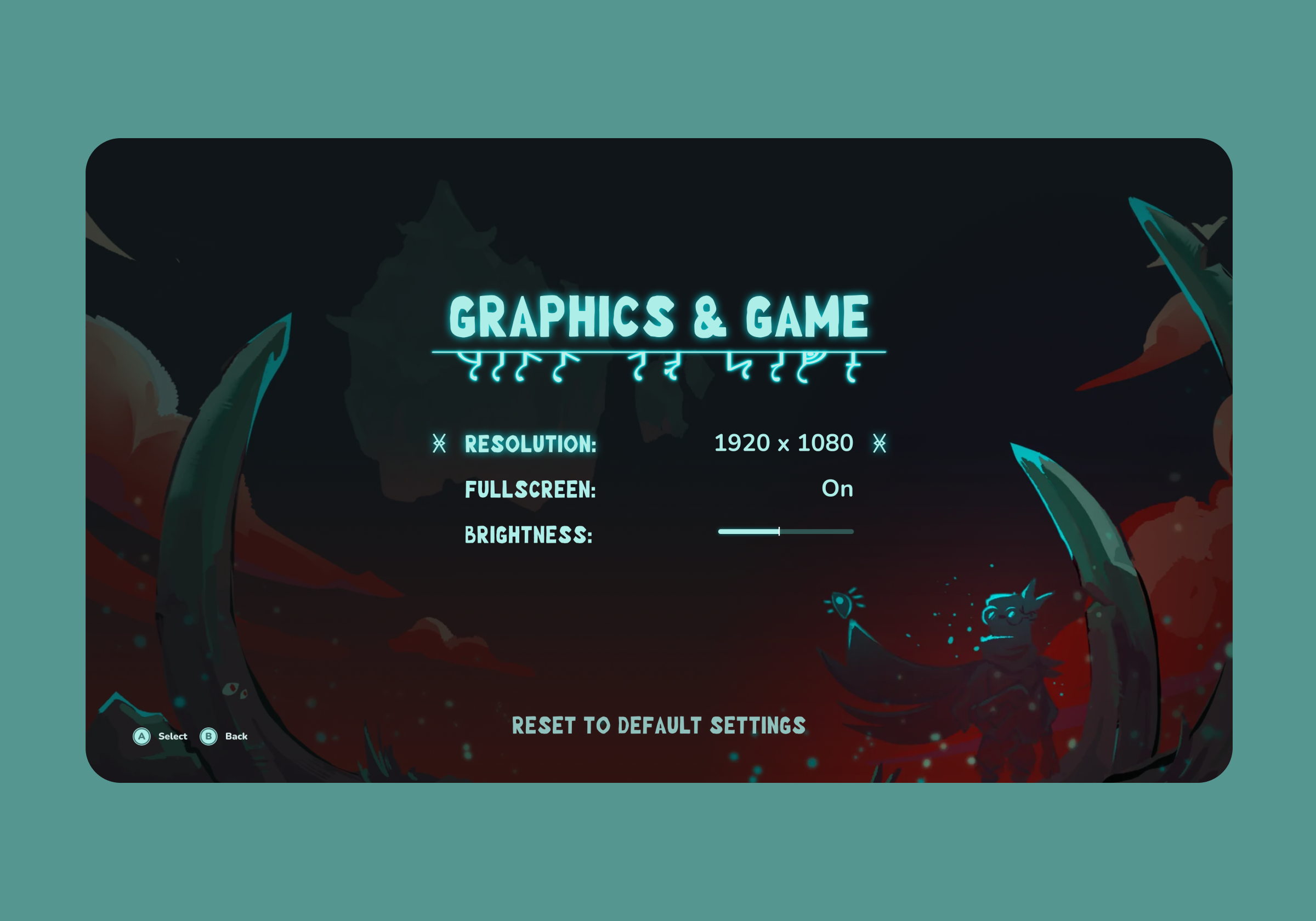
Final Thoughts
The ALAZIA design system became a key collaboration tool for our team. It enabled faster prototyping and a coherent look across the game’s evolving features.